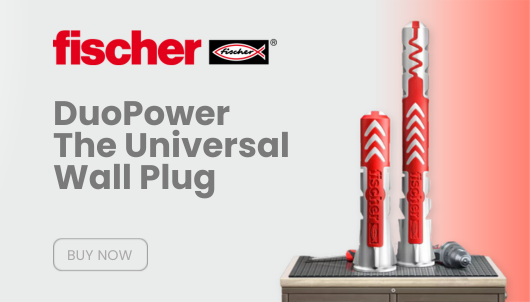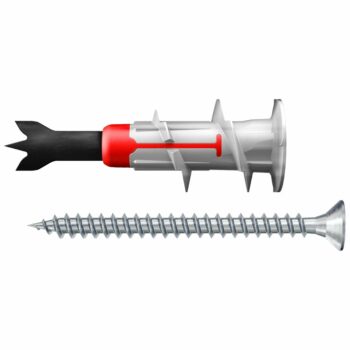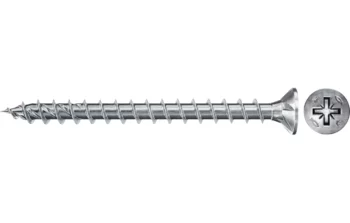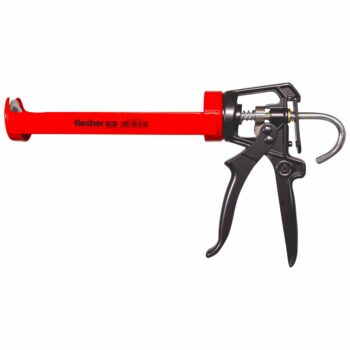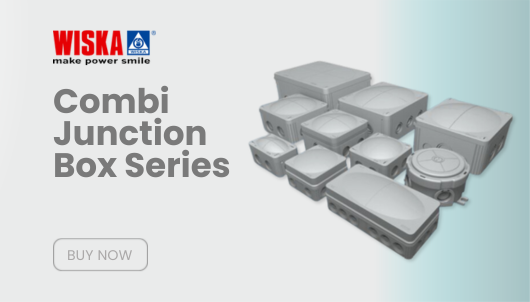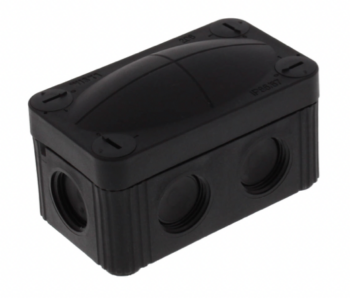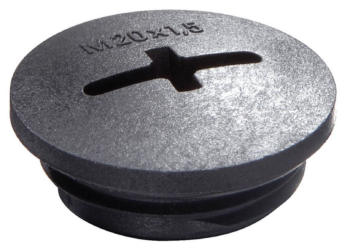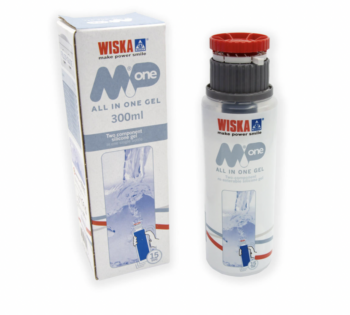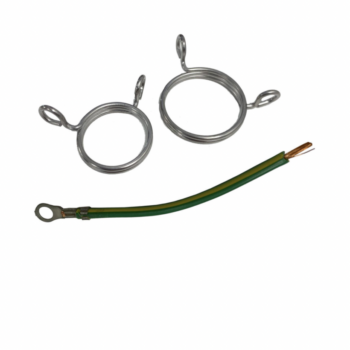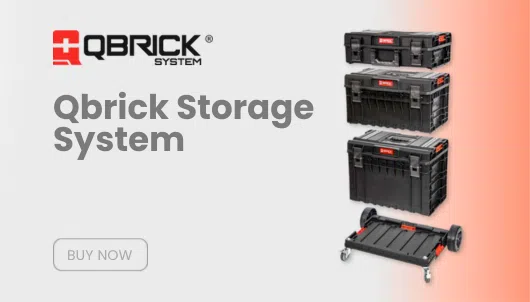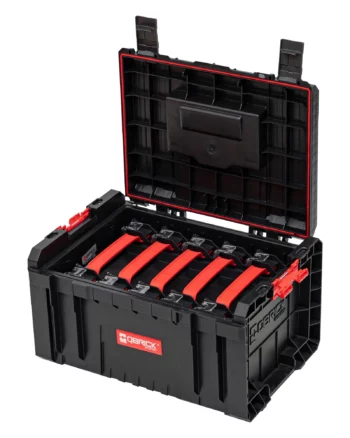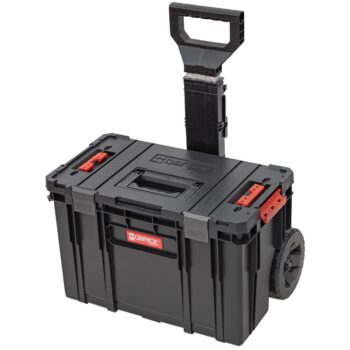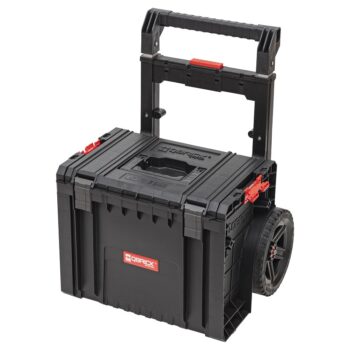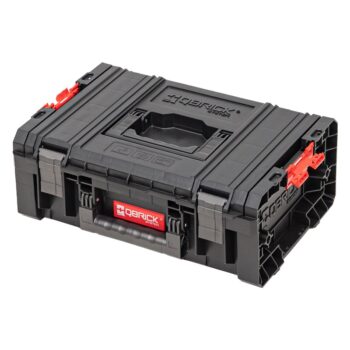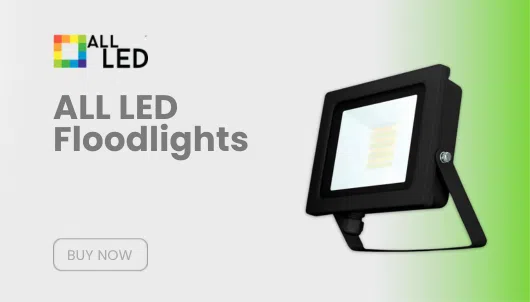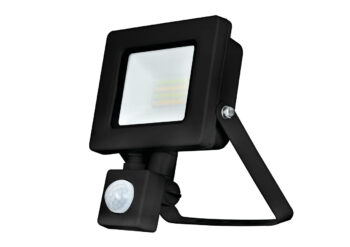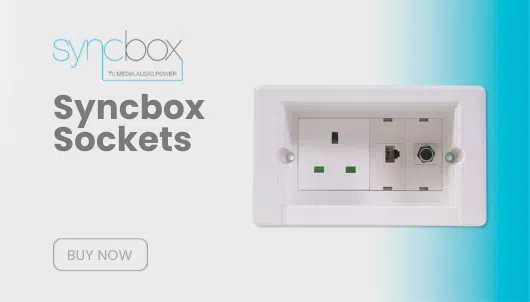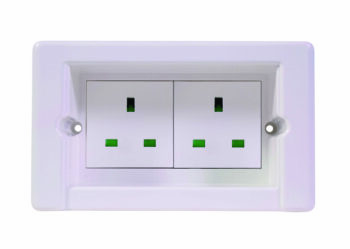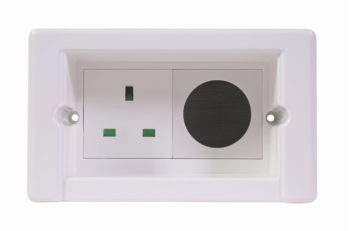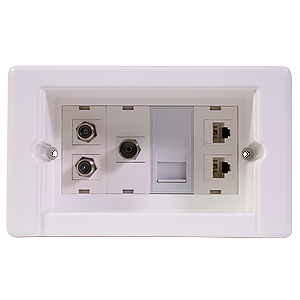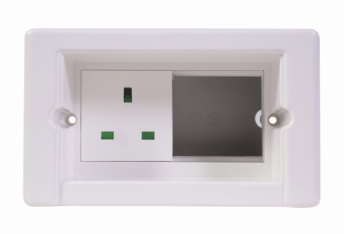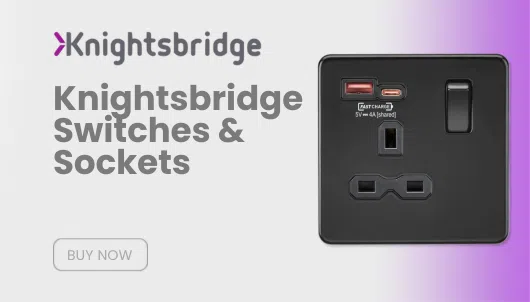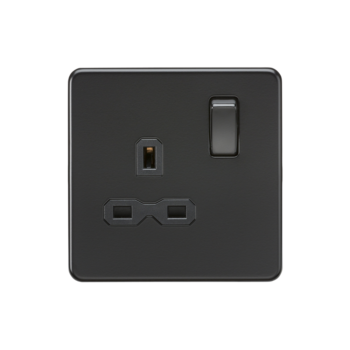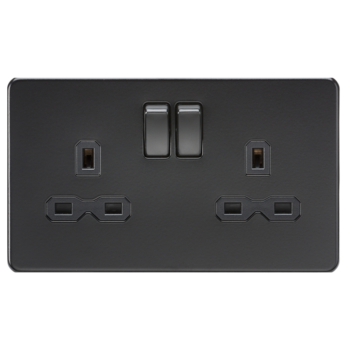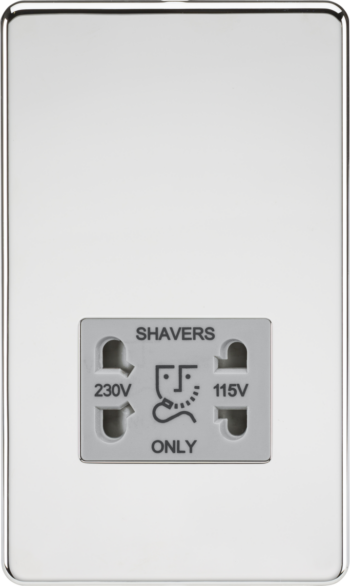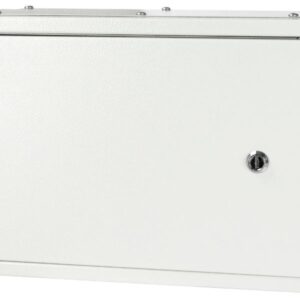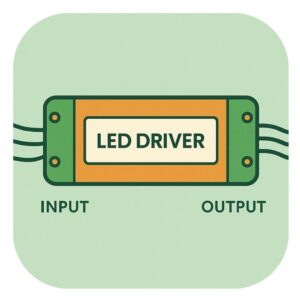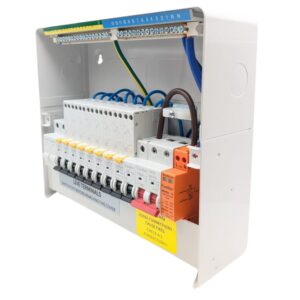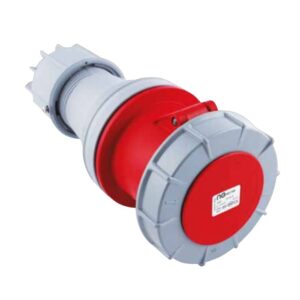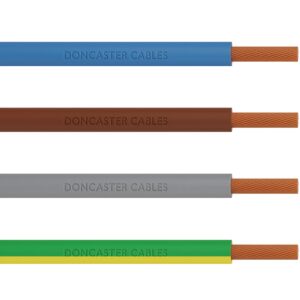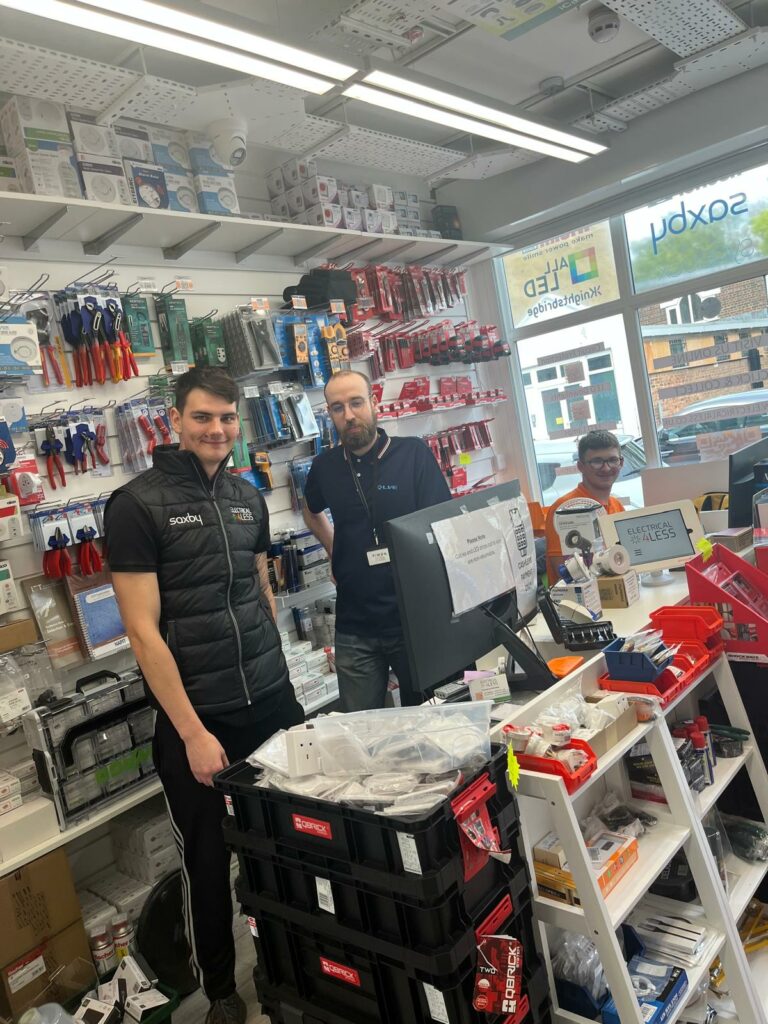The Ultimate Guide to Safeguarding Your Hager Consumer Unit
In the world of modern electrical systems, safety and reliability are key. Whether it’s protecting your home or business from electrical faults or ensuring that your equipment is running smoothly, you need solutions that not only meet your needs today but are also ready for the challenges of tomorrow. Enter Hager RCBO—a cutting-edge device designed to offer the highest level of electrical protection and performance.
This blog will provide an in-depth look at the Hager RCBO, exploring its features, benefits, and why it’s one of the best choices for anyone serious about electrical safety. Along the way, we’ll also discuss the related products, like the Hager bidirectional RCBO and Hager consumer units, to give you a comprehensive understanding of how these devices work together to protect your electrical systems.
Table of contents
- The Ultimate Guide to Safeguarding Your Hager Consumer Unit
- 1. What is a Hager RCBO?
- 2. Why You Need a Hager RCBO: The Key Benefits
- 3. How Does a Hager RCBO Work?
- 4. Hager RCBO vs. Traditional Circuit Breakers: What’s the Difference?
- 5. Hager Bidirectional RCBO: A Modern Solution for Renewable Energy
- 6. How the Hager Consumer Unit Complements the Hager RCBO
- 7. How to Choose the Right Hager RCBO for Your Needs
- 8. Common Applications of Hager RCBOs
- 9. Installation Best Practices: Tips from Experts
- 10. Why Hager is a Leading Name in Electrical Safety
- 11. Conclusion: The Ultimate Protection for Your Home and Business
1. What is a Hager RCBO?
At its core, a Hager RCBO (Residual Current Circuit Breaker with Overcurrent Protection) is an advanced electrical device that offers two critical functions: overcurrent protection and earth fault protection. This means that if there’s an issue with a circuit—whether it’s drawing too much current or there’s a dangerous imbalance in the electrical flow—the RCBO will trip the circuit to prevent potential hazards like electric shocks or fires.
But what sets the Hager RCBO apart from other brands? Hager is known for its robust engineering, high-quality materials, and attention to detail. Their RCBOs are built to last and are rigorously tested to meet international safety standards.
The device is a hybrid of two essential protection mechanisms:
- MCB (Miniature Circuit Breaker) – Protects circuits from overload and short circuits.
- RCD (Residual Current Device) – Detects earth faults and prevents dangerous shocks.
This combination makes the Hager RCBO ideal for both residential and commercial applications, especially in environments with sensitive electrical equipment or high safety requirements.
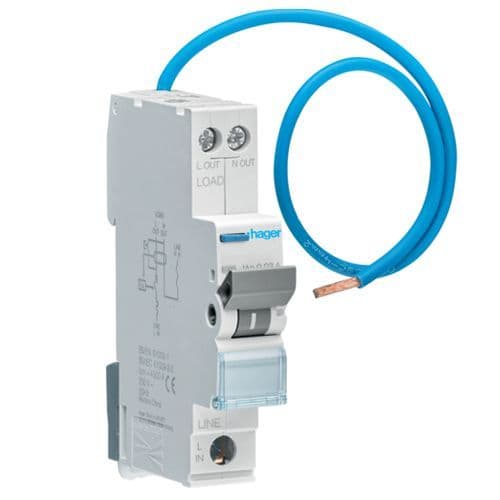
2. Why You Need a Hager RCBO: The Key Benefits
You might wonder: Why do I need a Hager RCBO, especially when my consumer unit already seems to be working fine?
Here’s why an RCBO, particularly from Hager, is an essential addition to your electrical system:
1. Comprehensive Protection
A Hager RCBO protects against both overcurrent and earth faults. This means that not only does it safeguard your electrical devices from short circuits or overloads, but it also ensures your system isn’t leaking current—something that could lead to dangerous situations like electric shocks.
2. Reduced Risk of Electrical Fires
Did you know that electrical fires are one of the most common causes of house fires worldwide? A Hager RCBO is your first line of defense, instantly cutting off the power if it detects an abnormal current flow that could lead to a fire.
3. Enhanced Safety for Modern Homes
Today’s homes are filled with electronic devices—from laptops and TVs to solar panels and electric vehicle chargers. Many of these appliances can produce pulsating DC currents, which some older protection devices might not detect. A Hager RCBO can handle both AC and pulsating DC currents, offering more comprehensive protection for the modern household.
4. Compliance with Electrical Standards
Electrical regulations and standards are becoming increasingly stringent, especially when it comes to protecting people and property. Installing a Hager RCBO ensures your electrical system complies with the latest regulations, giving you peace of mind that you’re up to code.
5. Long-Term Reliability
Hager RCBOs are built to last. Their design includes high-quality materials and engineering precision, which means they’re less likely to trip unnecessarily (known as nuisance tripping) and will provide reliable protection over many years.
3. How Does a Hager RCBO Work?
At first glance, an RCBO might seem like just another switch in your consumer unit, but it’s much more sophisticated than that. Here’s how it works:
Overcurrent Protection
Every electrical circuit has a limit on how much current it can handle safely. If a circuit exceeds that limit—due to too many devices being plugged in or a fault in an appliance—the Hager RCBO will trip, cutting off the power to prevent overheating, which could otherwise cause fires or damage to your devices.
Residual Current Protection
The RCBO is also constantly monitoring the flow of electricity in your system, specifically looking for any imbalance between the live and neutral wires. If it detects a leak—where some of the current is flowing somewhere it shouldn’t be, like through the earth or a person—it will instantly disconnect the circuit.
Pulsating DC Detection
One of the key advantages of a Hager RCBO is its ability to detect pulsating DC currents. These are becoming more common as we incorporate more modern appliances into our homes. Devices like LED lighting, variable-speed drives, and even some washing machines can produce these types of currents, and a traditional AC-only RCBO might miss them. Hager RCBOs are designed to detect and act on these currents, offering superior protection.
4. Hager RCBO vs. Traditional Circuit Breakers: What’s the Difference?
You might be familiar with traditional circuit breakers like MCBs (Miniature Circuit Breakers), but how does an RCBO compare?
MCB (Miniature Circuit Breaker)
- Protects against overload and short circuits.
- Does NOT protect against earth faults (such as current leaking through a damaged cable).
RCD (Residual Current Device)
- Detects earth faults and disconnects the circuit to prevent electric shocks.
- Does NOT protect against overloads or short circuits.
RCBO (Residual Current Circuit Breaker with Overcurrent Protection)
- Combines both the MCB’s and RCD’s functions.
- Protects against overcurrent, short circuits, and earth faults, including pulsating DC currents.
In essence, a Hager RCBO offers the benefits of both devices, making it a more versatile and safer option.
5. Hager Bidirectional RCBO: A Modern Solution for Renewable Energy
As we move towards renewable energy sources like solar panels, electric vehicle (EV) chargers, and battery storage systems, there’s a growing need for electrical protection that can handle power flowing in both directions. That’s where the Hager Bidirectional RCBO comes in.
What is a Bidirectional RCBO?
Traditional RCBOs are designed to protect circuits where the power flows from the grid into your home. However, in homes with solar panels or battery storage systems, electricity can flow both ways—into the grid during the day when the sun is shining and back into your home at night.
A Hager bidirectional RCBO is designed to handle this two-way flow of electricity, ensuring that your circuits are protected regardless of the direction the current is flowing.
Why It’s Important
Without a bidirectional RCBO, your home might be left vulnerable to electrical faults when power is flowing from your renewable energy system back into the grid. The Hager Bidirectional RCBO ensures that no matter the direction of the current, you’re always protected.
6. How the Hager Consumer Unit Complements the Hager RCBO
Your Hager RCBO is just one part of your overall electrical system, and it’s designed to work in harmony with your Hager consumer unit. But what is a consumer unit, and why does it matter?
What is a Hager Consumer Unit?
A consumer unit—often referred to as a fuse box—is the hub of your home’s electrical system. It houses all the circuit breakers (including your RCBOs) and distributes electricity to the various circuits throughout your home.
The Benefits of a Hager Consumer Unit
Hager’s consumer units are known for their high quality and reliability. They’re designed with safety in mind, offering features like fire-retardant enclosures and easy-to-use labeling systems. They also make it easy to add and organize your RCBOs, ensuring that each circuit is properly protected.
By using a Hager RCBO in conjunction with a Hager consumer unit, you’re ensuring that your electrical system is not only safe but also compliant with modern electrical standards.
7. How to Choose the Right Hager RCBO for Your Needs
Not all RCBOs are created equal, and selecting the right one for your home or business can make a big difference in terms of safety and functionality. Here are a few key considerations when choosing a Hager RCBO:
1. Rated Current
Every RCBO has a rated current, which represents the maximum amount of current it can handle before tripping. Make sure you choose a model that matches the load requirements of the circuit you’re protecting.
2. Sensitivity
Most residential RCBOs trip at a sensitivity of 30mA, which is enough to prevent electric shocks and fire hazards. However, in certain commercial or industrial settings, you might need a higher sensitivity device.
3. Single Pole vs. Double Pole
For most household circuits, a single pole RCBO will suffice, as it protects the live wire. However, for added protection—especially for circuits with renewable energy systems—a double pole RCBO is recommended, as it disconnects both the live and neutral wires.
8. Common Applications of Hager RCBOs
The Hager RCBO is a versatile device that can be used in a wide range of settings. Here are some of the most common applications:
1. Residential Homes
Whether you’re protecting kitchen appliances, lighting circuits, or electric vehicle chargers, an RCBO ensures that your home’s electrical system is safe from faults and overloads.
2. Commercial Buildings
Offices, retail stores, and industrial spaces all benefit from the comprehensive protection of RCBOs, especially in environments with heavy electrical loads.
3. Renewable Energy Systems
As mentioned earlier, the Hager Bidirectional RCBO is ideal for homes or businesses that generate their own electricity through solar panels or other renewable sources.
9. Installation Best Practices: Tips from Experts
Installing a Hager RCBO isn’t a job to take lightly, and it should always be done by a qualified electrician. Here are a few tips to ensure the installation goes smoothly:
1. Plan Your Circuits
Before installation, it’s important to map out which circuits will need protection. High-use circuits, like those in kitchens or bathrooms, are especially important.
2. Test the Device Regularly
RCBOs come with a test button that allows you to verify that the device is functioning properly. It’s a good idea to test your RCBO every six months.
3. Label Your Consumer Unit
A well-organized and labeled consumer unit makes it easier to troubleshoot problems and ensures that each RCBO is protecting the correct circuit.
10. Why Hager is a Leading Name in Electrical Safety
Hager has been a trusted name in the electrical industry for decades. The company’s commitment to innovation, quality, and safety has made it one of the top brands for both residential and commercial electrical products.
A Focus on Sustainability
Hager is also dedicated to creating products that support the transition to renewable energy. Devices like the Hager Bidirectional RCBO reflect the company’s commitment to future-proofing our electrical systems in an era of increased solar power and electric vehicles.
11. Conclusion: The Ultimate Protection for Your Home and Business
In today’s world, ensuring that your electrical system is both safe and reliable is more important than ever. The Hager RCBO offers a comprehensive solution, combining overcurrent and earth fault protection into one powerful device. Whether you’re looking to protect your home from electrical fires or ensure that your renewable energy system is functioning safely, a Hager RCBO is the ideal choice.
With Hager bidirectional RCBOs available for modern homes equipped with renewable energy and the Hager consumer unit acting as the perfect complement to your overall setup, you’ll be well-equipped to handle any electrical challenge. By investing in these devices, you’re not just following regulations—you’re safeguarding your future.
See our full range of Hager RCBOs here!
- Compact Horizontal TP&N Distribution Boards – With 100A Main Switch & Type 2 SPD Options
- 🧱 Large PVC Cable Trunking by Dietzel Univolt – Key Sizes + Accessories
- How to Choose an LED Driver – Constant Voltage vs Constant Current Explained
- Most Popular FuseBox Consumer Units
- 🔌 Commando Sockets – The Ultimate Guide to Industrial Plugs and Sockets (IEC 60309)





